Here are three billionaires who founded organizations and initiatives that aid in the conservation of wildlife around the world.
The earth is full of amazing creatures that enrich the planet through their presence and role in the ecosystem. Sadly, not all of these animals live to see another day: hundreds of them have gone extinct over the past few decades, and this rate is accelerating at an alarming rate due to climate change, habitat loss, and poaching. As unfortunate as this is, there’s still hope, as long as individuals continue to aid in wildlife conservation efforts and raise awareness on these issues. It’s important for everyday people to do this, as there’s power in numbers; yet even billionaires have done their part in providing the necessary resources to save the world’s precious fauna.
READ ALSO: Enriching Education: 3 Billionaires Whose Donations Are Providing Accessible Education
In 2023 alone, over twenty species around the world became extinct, reports Mark Kaufman of Mashable, according to data from the U.S. Fish and Wildlife Service. The organization’s data adds that more than 1,480 species continue to be endangered or threatened. This is why every effort to curb this alarming trend is something to celebrate and learn from.
These three billionaires in particular possess a strong commitment to wildlife conservation, and have set up their own institutions to help contribute to the rehabilitation, conservation, and rescue of wildlife on a large scale:
Anant Ambani: Vantara
Many may remember Anant Ambani, son of Asia’s richest man Mukesh Ambani (chairman of Reliance Industries), for his glamorous pre-wedding party just earlier this year. Besides being an heir to one of India and the world’s greatest fortunes, Ambani also dedicates himself to wildlife conservation, having started his own large-scale, non-profit sanctuary called “Vantara” (“Star of the Forest” in English).

According to an official X post from the Reliance Foundation, Vantara is a 3,000-acre property situated in the “lush Green Belt of Reliance’s Jamnagar Refinery Complex in Gujarat.” A recent video feature from CNBC-TV18 adds that the sanctuary focuses on the “rescue and rehabilitation of injured, abused, and threatened animals.”
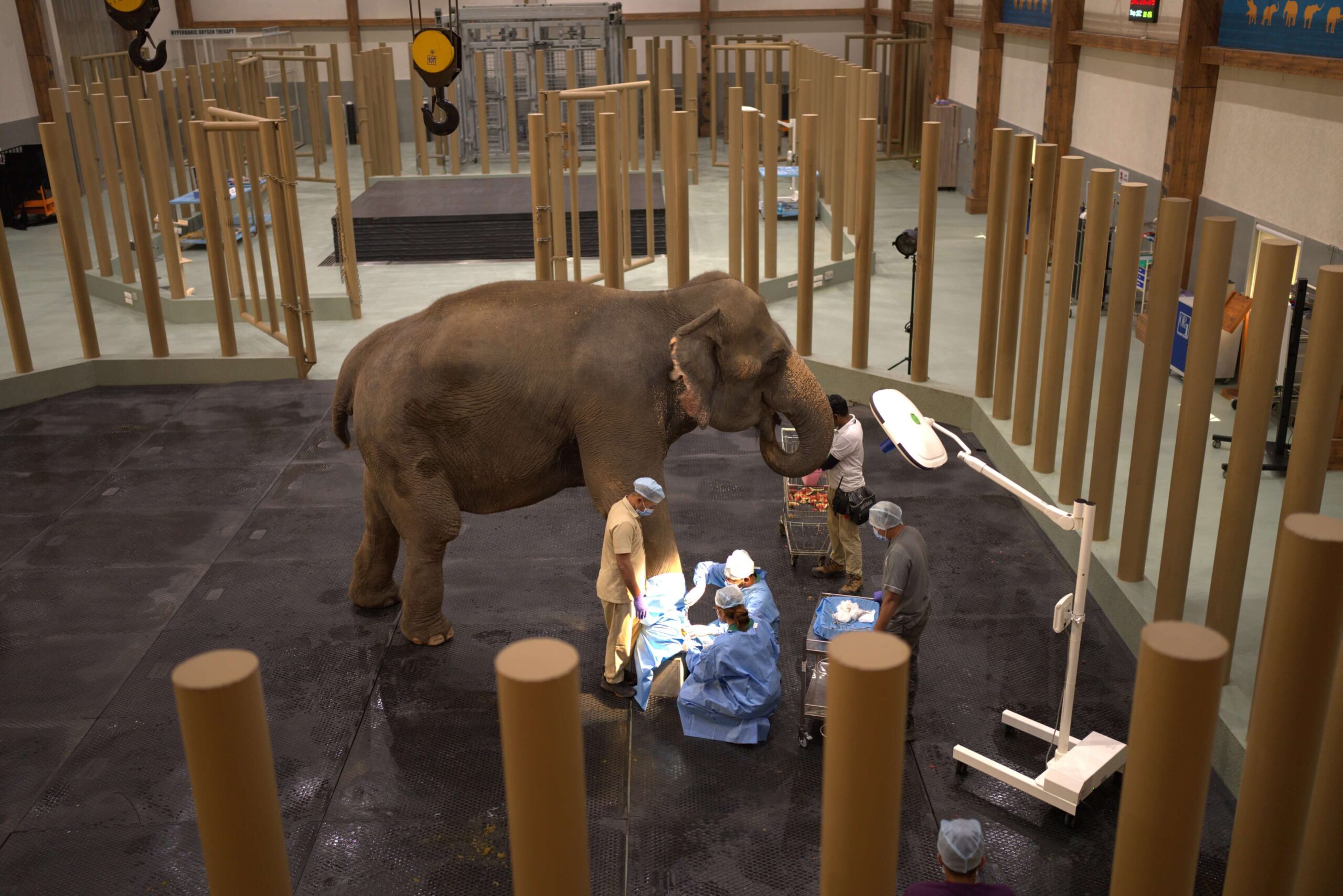
The flourishing property contains an elephant center with 200 rescued Indian elephants, yet what sets it apart are the state-of-the-art facilities that ensure these animals receive the best care possible. These include x-ray machines, jacuzzis (meant for elephants suffering from arthritis), hot oil massages, good food, and one of the largest elephant hospitals in the world.
Vantara’s rehabilitation center also houses “over 2,000 animals across 43 species,” explains CNBC-TV18, with spaces that the sanctuary designed based on advice from leading experts in animal welfare. The institution features more than 300 trained staff, according to Times of India.
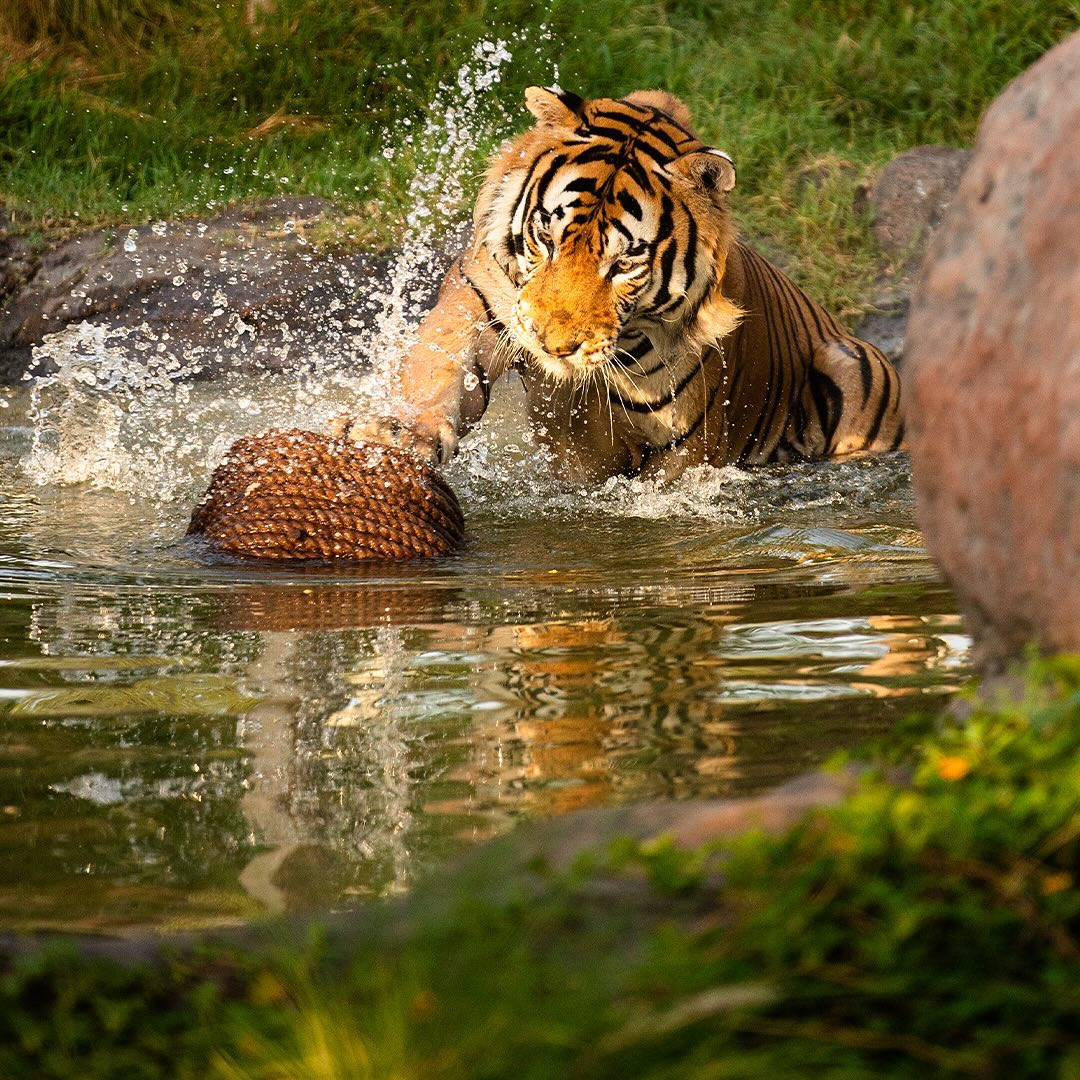
Anant, who’s an ardent animal lover and has been caring for animals since he was young, tells CNBC-TV18 that his mission is far from over. “We would like to be the world’s most advanced wildlife institute,” he explains.
READ ALSO: When Asia’s Richest Man’s Son Gets Married: All You Need To Know About The Ambani Pre-Wedding Party
Thomas Kaplan: Panthera
As of 2019, tycoon Thomas Kaplan had a net worth of around $1.4 billion as a leading investor for the Electrum Group firm, as well as “platinum, silver, energy, and gold mining” according to Fang Block of Barron’s. Kaplan also happens to be the largest private collector of Rembrandt artworks, and beyond that, someone with a passion for the conservation of the world’s big cats.

Though he studied history at Oxford, he dreamed of becoming a wildlife biologist when he was younger. Thankfully, his fortune allowed him to do just that in his own way by co-founding the Panthera organization in 2006. Since its founding, the institution has worked to create “a world where wild cats thrive in healthy, natural and developed landscapes that sustain people and biodiversity,” and currently protects 40 species of wildcats, from 12 of the world’s most threatened small cat species to bigger felids like cheetahs and pumas.
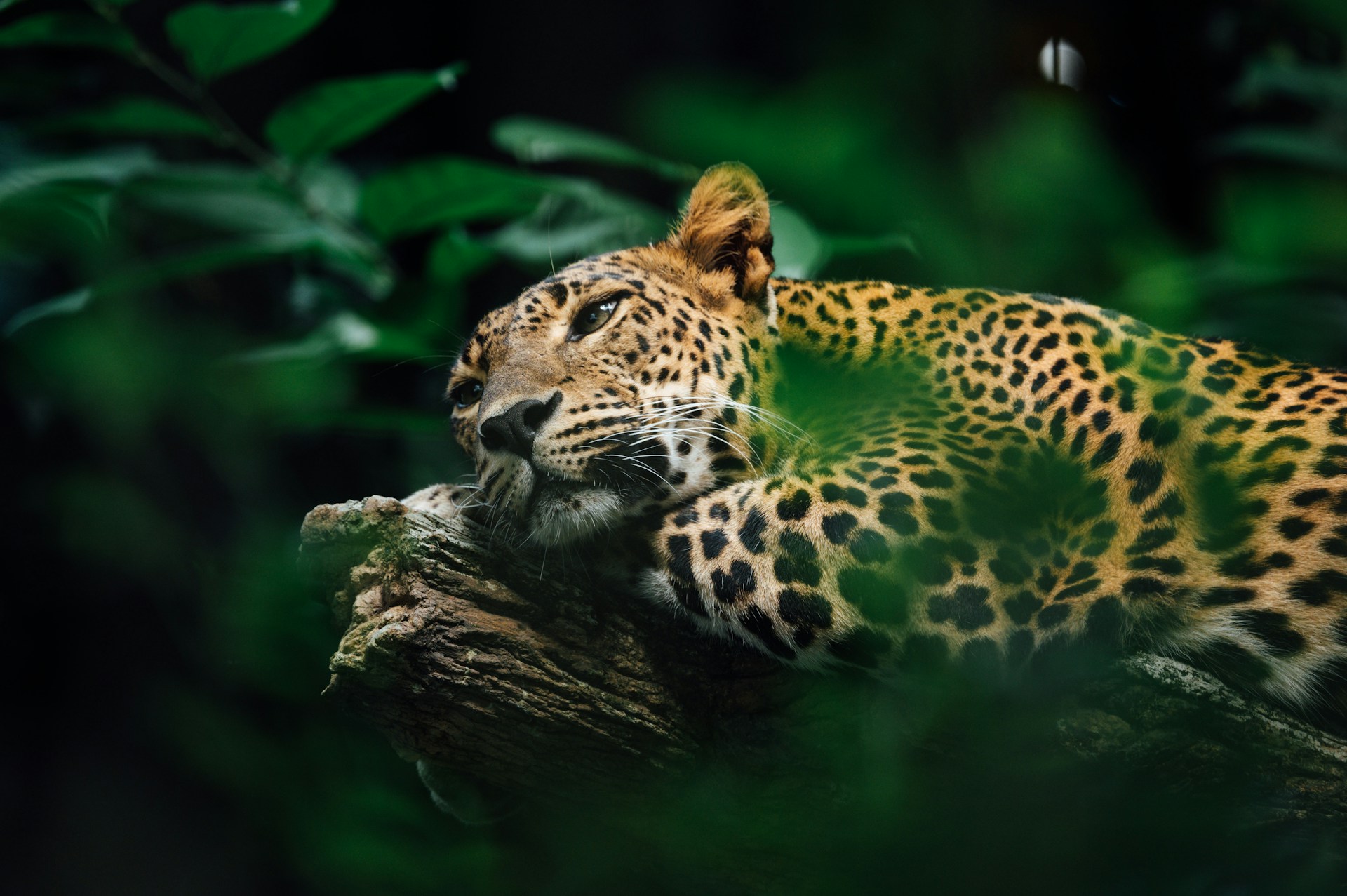
Its initiatives include manufacturing synthetic furs to curb the demand that encourages the killing or poaching of wildcats, stopping tiger poachers in India and Nepal through the Tigers Forever Protocol, forming alliances with indigenous groups to protect the pumas and bobcats of Washington State, and protecting jaguar habitats through the Jaguar Corridor Initiative across 18 countries.
For more than a decade, Kaplan and his organization continue to protect, study, and raise awareness about a variety of big cats to ensure that future generations—both animal and human—can live to see a safer, more biodiverse future.
Douglas Tompkins: Patagonia’s National Parks
Today, groups of endangered Andean huemul deer now roam freely in the Patagonia National Park of Aysen, Chile, without fearing the dog attacks and forest fires that have threatened their populations previously. According to Shivan Sharna’s report for Euronews Green, much of this peace is thanks to the generous contributions of late billionaire Douglas Tompkins, the co-founder of The North Face and Esprit.
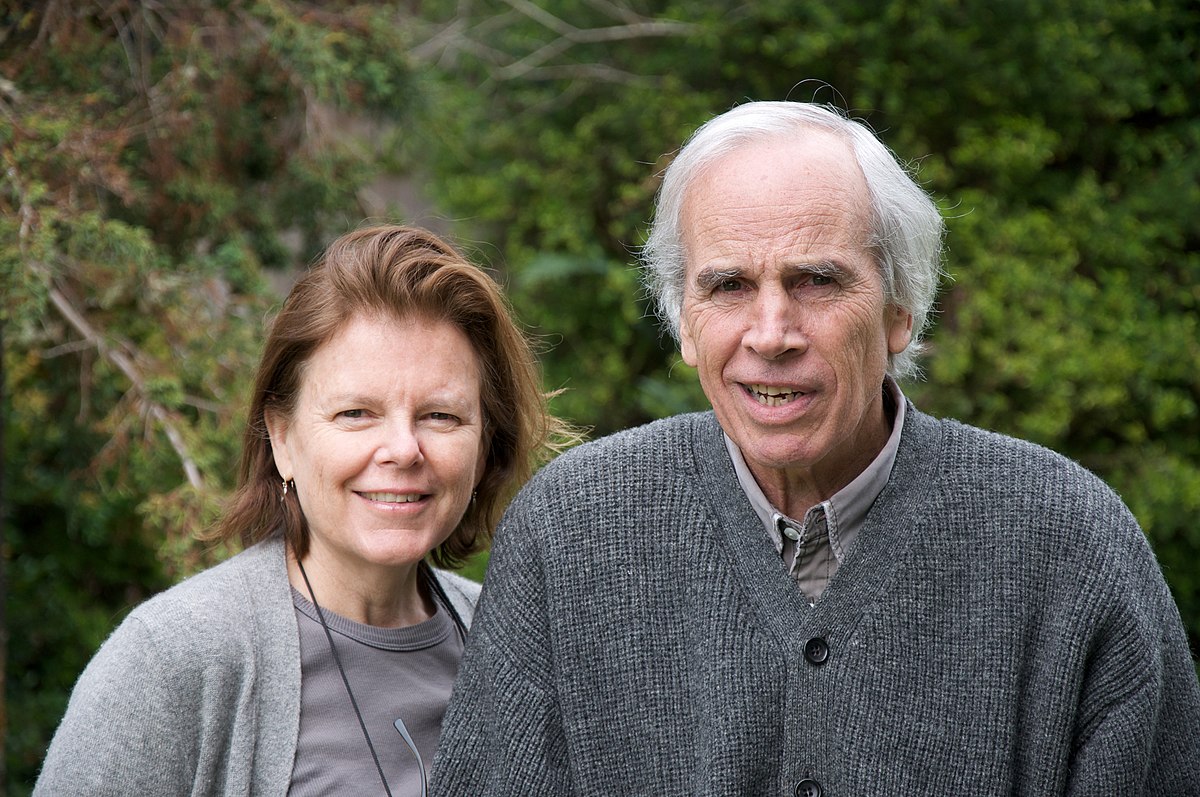
It was Tompkins’ actions that started a positive chain reaction in Chile and Argentina’s wildlife conservation scene, as the tycoon had acquired then donated 8,000 km2 of land to both countries in an effort to protect its biodiversity, back in 1990. In turn, this inspired President Michelle Bachelet to open five new National Parks that would place its fauna and flora under strict protection.
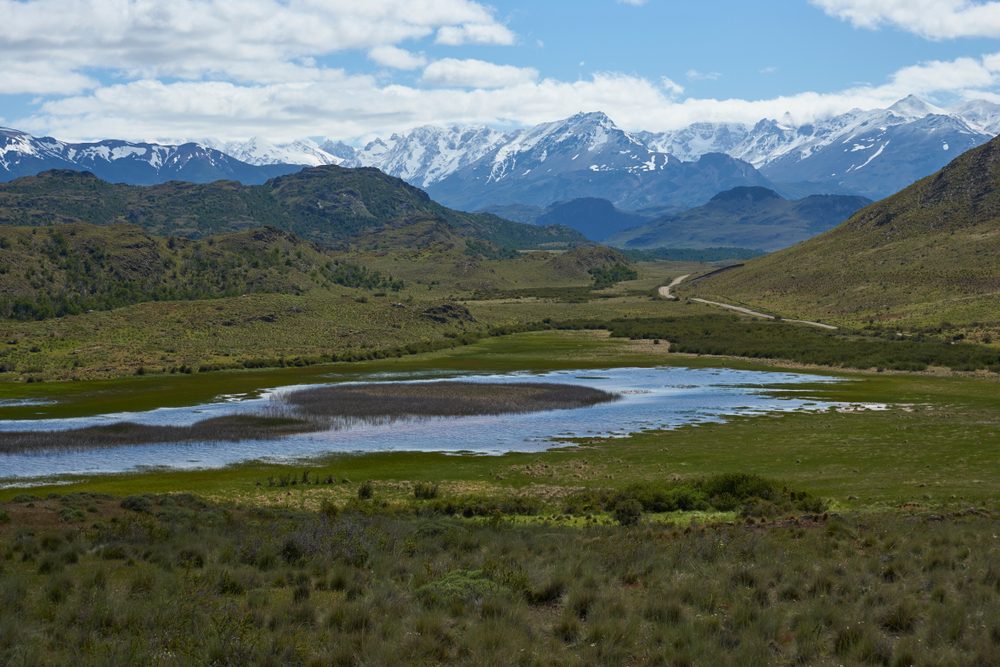
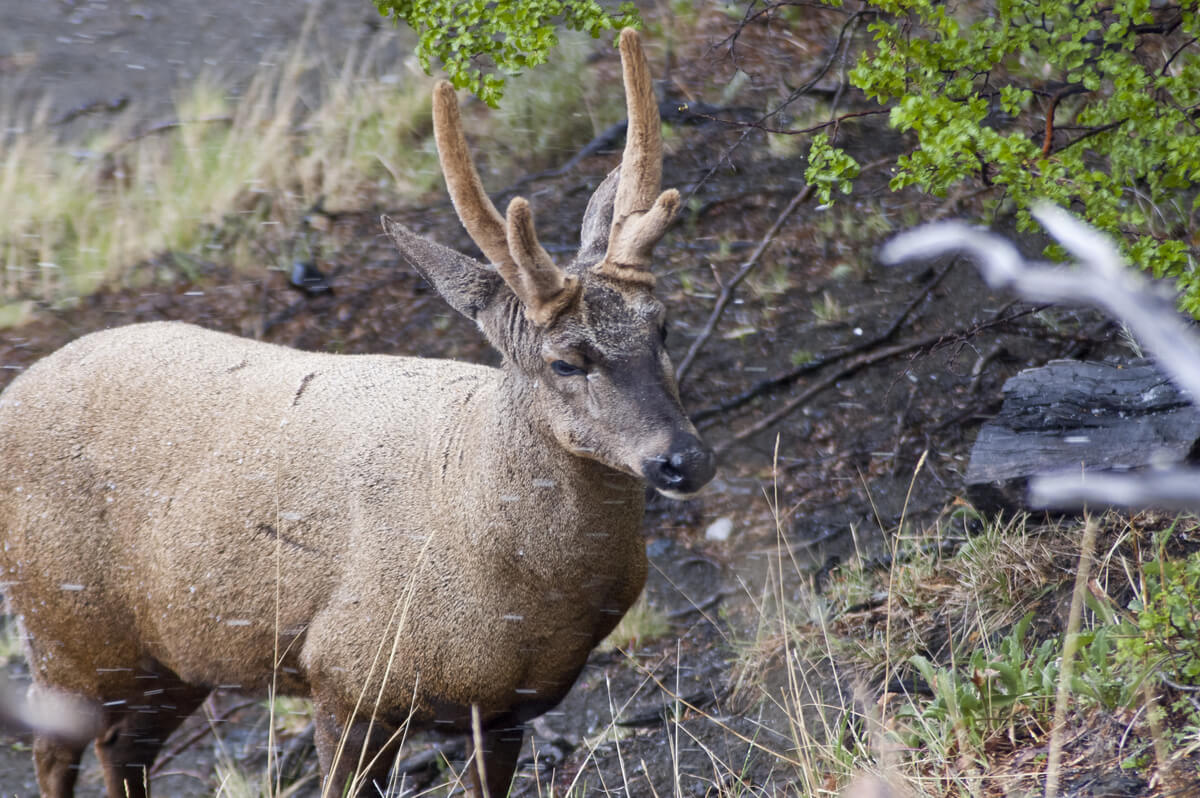
He didn’t do all of this alone once he met his wife Kristine, as she later joined his efforts to protect swathes of land, preserving it for endemic animal and plant species, according to Fundación Rewilding Chile. They helped establish the Monte León National Park in Argentina, which not only holds 165,000 acres of natural coastline, but also colonies of Magellanic penguins and several animal species like giant petrels, snowy sheathbills, Commerson’s dolphins, Peale’s dolphins, and South American sea lions.
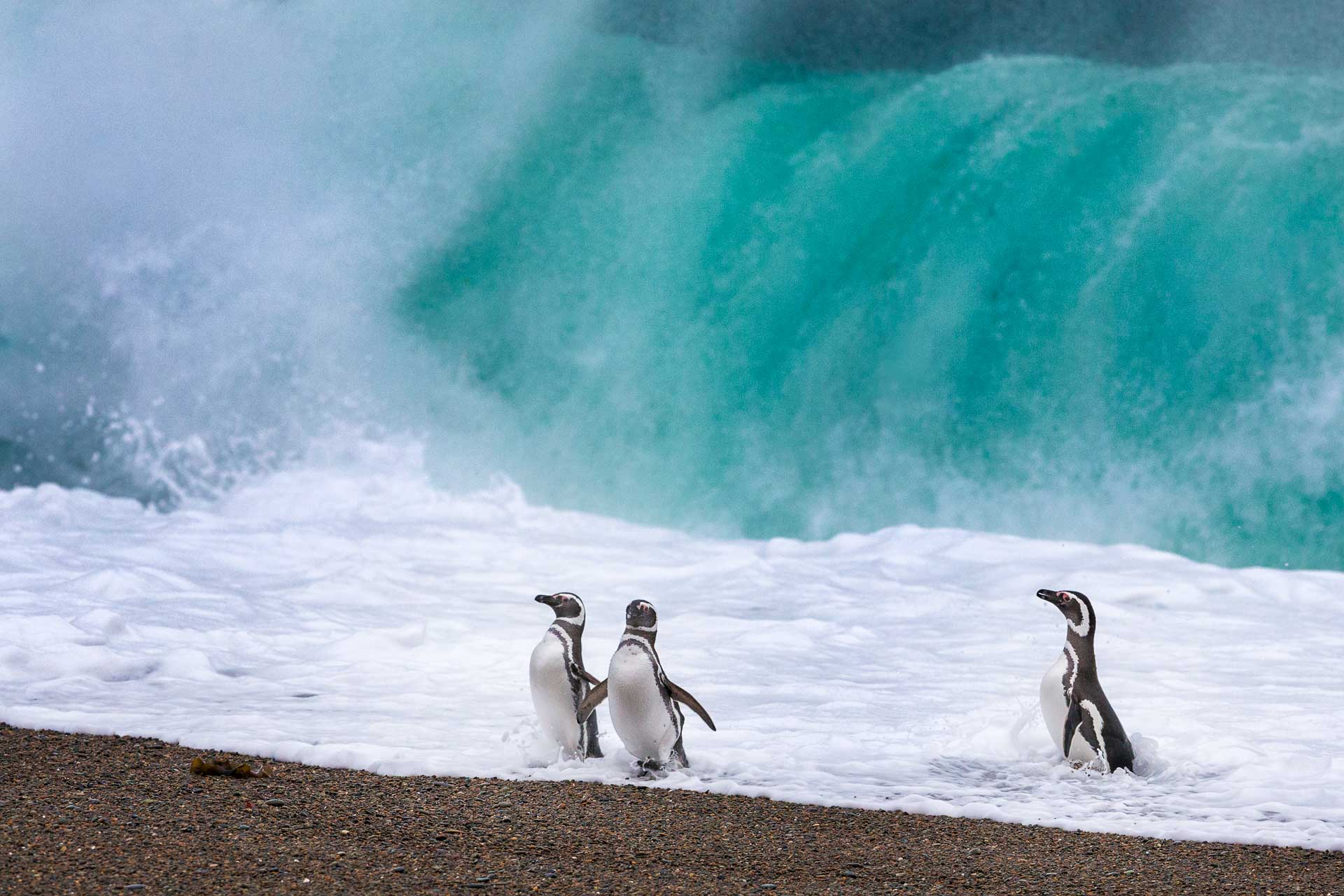
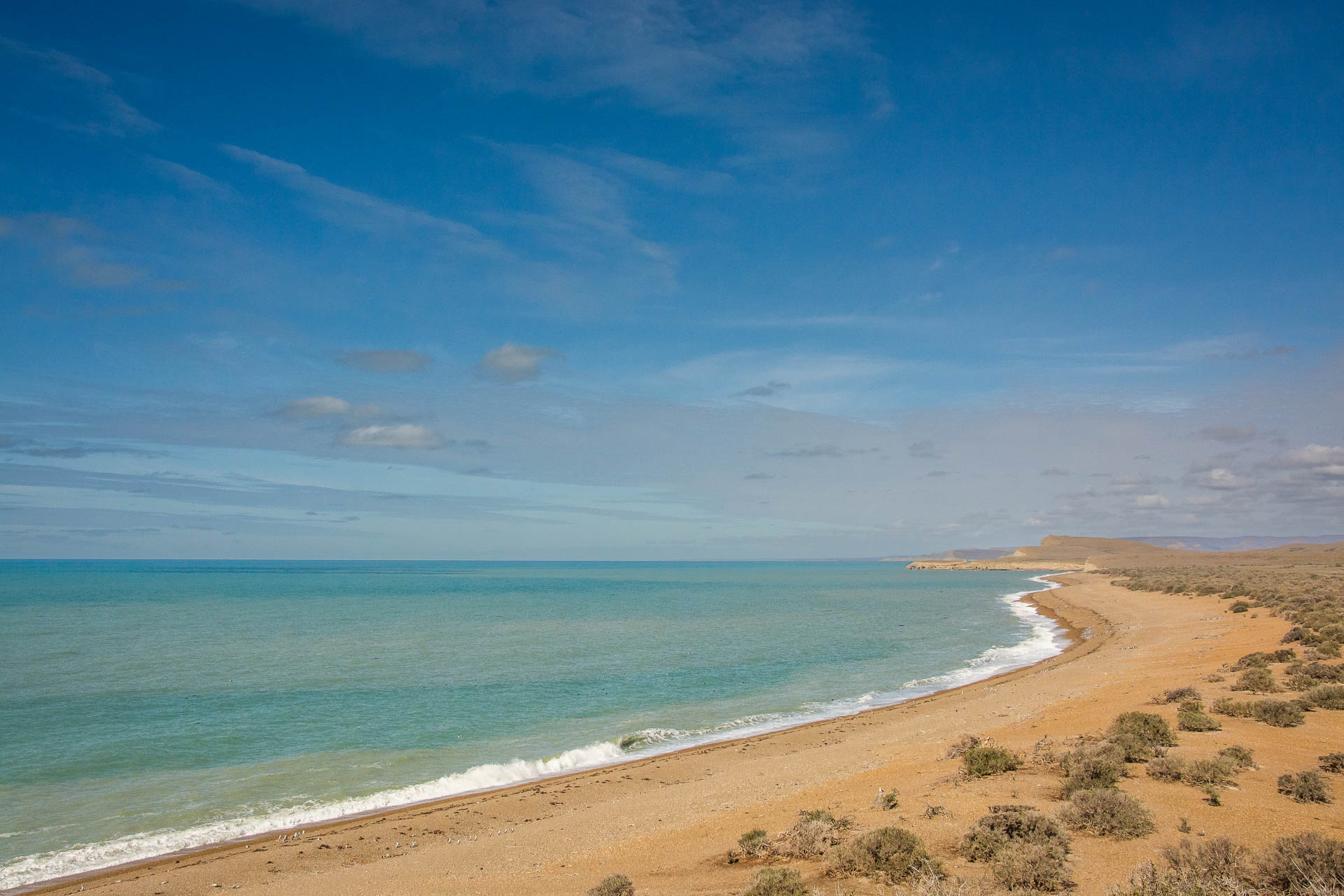
Sadly, Tompkins died in a kayaking accident in Patagonia in 2015; despite the sudden tragedy, his legacy remains, manifested through the wildlife who happily roam the land.
Banner photo by Sam Beebe via Wikimedia Commons.





